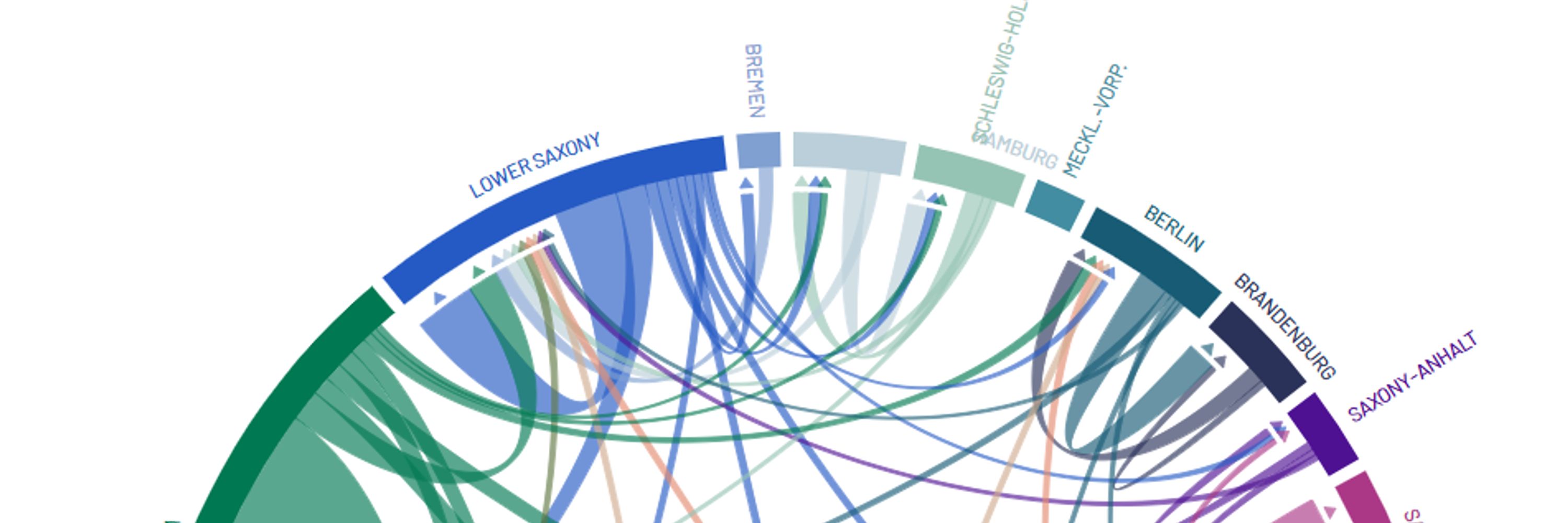
❤️ Spatial analysis 🔬 migration flows.
📍 Wiesbaden / Berlin, Germany
#Urban #Cities #Planning #Population
#Urban #Cities #Planning #Population
In Germany’s largest cities (Berlin, Munich, Hamburg), urban + suburban growth strong and looked similar — they didn’t vary much with definition.
But in smaller and medium-sized cities, urban growth was usually stronger, and definitions mattered more.
In Germany’s largest cities (Berlin, Munich, Hamburg), urban + suburban growth strong and looked similar — they didn’t vary much with definition.
But in smaller and medium-sized cities, urban growth was usually stronger, and definitions mattered more.
At the regional scale, the story changes depending on how “urban” vs. “suburban” is defined.

At the regional scale, the story changes depending on how “urban” vs. “suburban” is defined.
Across Germany, cities grew faster than suburbs — regardless of how you measure the “urban–rural gradient.”

Across Germany, cities grew faster than suburbs — regardless of how you measure the “urban–rural gradient.”
We compared 3 urban gradient definitions, one of them purely based on built-up density:

We compared 3 urban gradient definitions, one of them purely based on built-up density:

